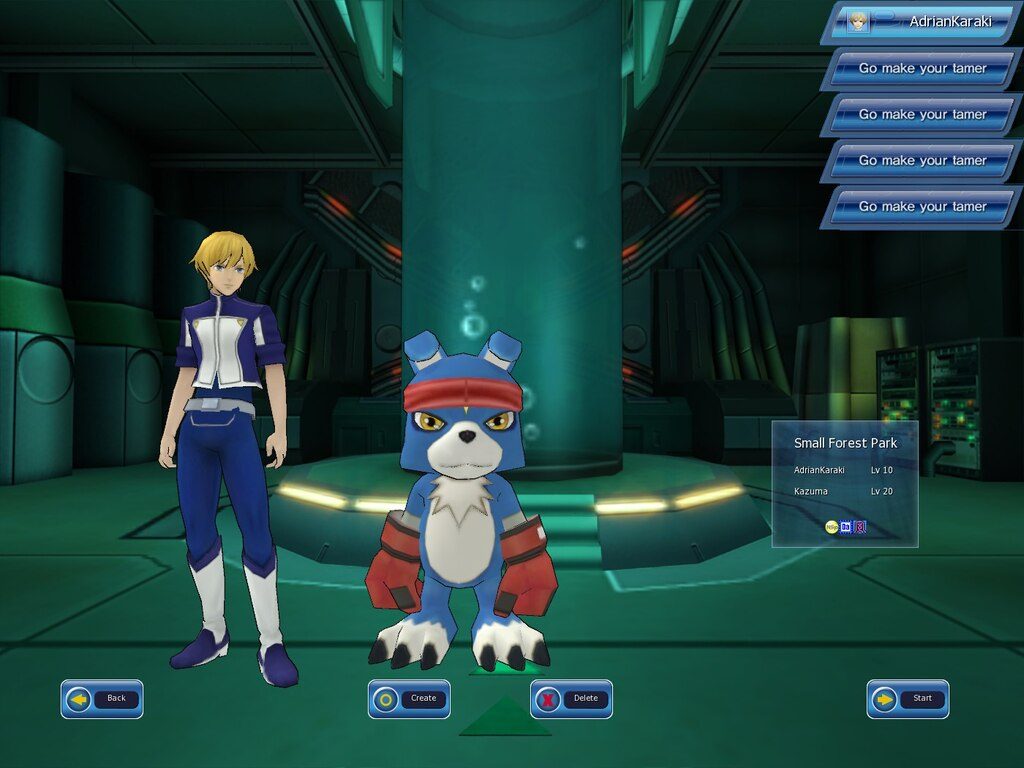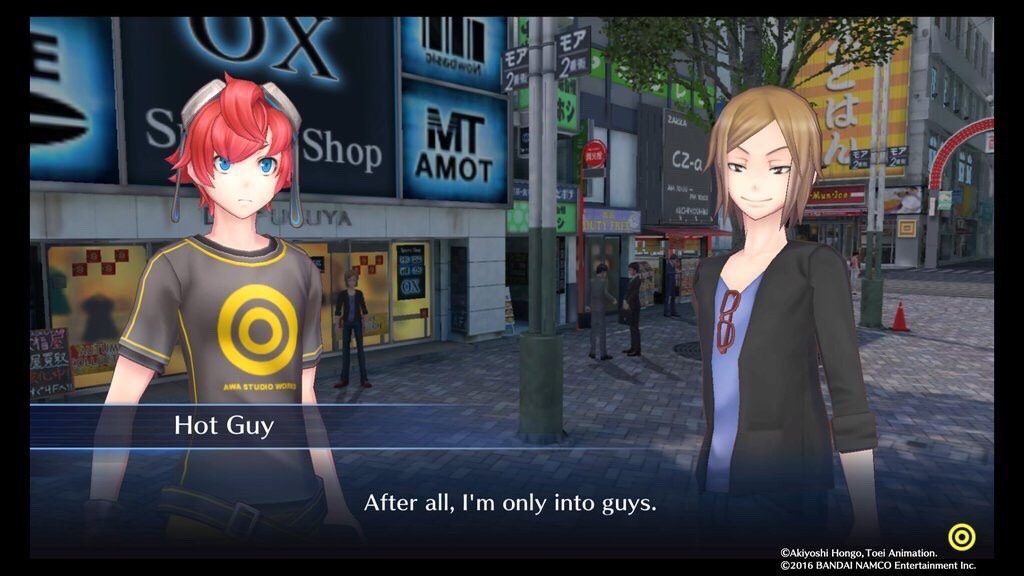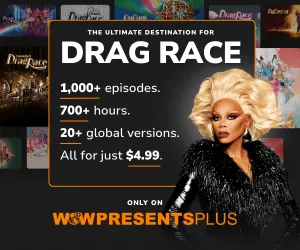
Pokemon May Have the Bigger Fandom, But Digimon Has The Clearer LGBT Representation.
Trust me, I’m more than likely to purchase the next Pokemon installment over whatever content Digimon is churning out next. Believe it or not, for a few years during my middle school classes, I had a strong lean towards the one human-one monster show as opposed to wasting so much time and energy trying to capture, at the time, somewhere around three hundred pocket monsters. I mean, who wouldn’t want to see a parade of Patamon coming down the street (I’d cry) over the over-hyped electric rat, Pikachu.
Obviously, as time went on, I slipped down the ledge and dove into the deep, deep waters of further Pokemon continents and now I’m so obsessed with the franchise that I made it to level 38 in Pokemon Go before I took a much needed break from the cell phone app – only to download Pokemon Shuffle, Pokemon Duel, Pokemon Quest and Pokemon Rumble Rush weeks later.
Going by statistics over fan appreciation, Pokemon is running away with the all the money in fictional storytelling. According to The Pokemon Company itself, the world first introduced to us by Ash, Misty and Brock is the highest grossing media franchise in existence with a cumulative worth of $90,000,000,000.
You read that right – 90 billion dollars, with current estimates crossing over $2,000,000,000 per year. It even beats out the likes of Star Wars and the Marvel Cinematic Universe.
Digimon, however, comes in all the way at #74 with a net worth of $6,036,000,000 when you take in the television series, comic books, video games and other merchandises from over the years.
While Digimon is its own, uniquely lucrative beast, it fails in comparison to the wallets of the Pokemon creators. Money, I choose you!
Here’s one thing that Pokemon doesn’t have, and perhaps maybe it never will – clear LGBT representation.
When I say “clear,” I mean without a doubt, confirmed in voice and writing that it is true. Even though it was many moons ago, I remember what the original Pokemon animated series was like. It featured a lot of cross-dressing characters, primarily Jessie and James, and even showcased a Pokémon, Jinx, that straddled the line between femininity and masculinity.
It was perhaps a pioneering theme that broke barriers in America much harder than the likes of Sailor Moon and Dragon Ball Z because it was aimed a younger demographic; where they had a chance to acknowledge and embrace before society crushed the innocence out of them.

So many years later and the only confirmed LGBT character in the Pokemon universe is a trainer opponent named Nova. Trainer classes in Pokemon are beyond strict, so if the game’s creators put you in a box – there is no escape.
Popping up in 2013’s Pokemon X & Y, Nova states that she is in the “beauty” class, but mentions that she was once in the “blackbelt” category, which is reserved for men only. Not only that, but in the Japanese version of the game, Nova says that she was able to change from blackbelt to beauty thanks to medical technology. This is clearly a big reference to an individual’s transitioning process and journey.
Now, while other characters may come across as sarcastic, more loving than necessary towards their friend, or just plain creepy (read some of the subtext, people), Nova still remains the only clear, CONFIRMED LGBT representative in Pokemon.

Digimon, however, has numerous LGBT players in its video games. As with Pokemon, many characters speak of lovers without pronouns and joke around to the point of confusion, but none of them specifically state they are homosexuals or a member of the queer community. Except for four.
First and foremost, Gaomon, the beast digimon, states in the anime series that he is in fact in love with his master, a teenager named Thomas H. Norstein. That means whenever you play as Gaomon in one of the half a dozen Digimon games, you’re also playing as an LGBT character confirmed by the series’ creators themselves.
If you want more, queer characters are also main characters in the Digimon Story saga. Slowly released to various regions between 2015 and 2017, Digimon Story: Cyber Sleuth finds Yuuko Kamashiro, the heir to Kamishiro Enterprises, as she is pursued by a suitor, a computer hacker named Fei Wong Ignacio. Fei is honest in her feelings for Yuuko, but through a series of events, the two lesbians are never able to come together. It’s worth noting that despite the queer content, Digimon: Cyber Sleuth sold over 800,000 copies and debuted in the top ten in five different countries.
This was followed by the quasi-sequel in 2018, Digimon Story: Hacker’s Memory. Despite failing to produce profits globally, the new game was the highest selling PS Vista entry in America that year.
In this story, another hacker by the name of Yu Nogi is in love with his childhood best friend, the main character in the saga – Keisuke Amazawa. Yu is very open about his sexuality, but unfortunately Keisuke has a crush on a woman named Erika. So, although the feelings are never returned, at least a gay character is heavily featured in a video game story more than a subplot benchmark.
Including original, celebrated for their differences characters in video games is a must have if this media form wishes to grow and strive.
It’s also a tricky topic because children should be allowed to remain as children, and some believe they should be sheltered from sex and sexuality until they’re older, much older than sitting in front of the television watching Pokemon while eating a bowl of Lucky Charms. Not that I do that in my 30’s or anything…
I can applaud both franchises for at least striving to bring more queer culture into their games, but I can give a second round to Digimon for really pushing that barrier harder.







